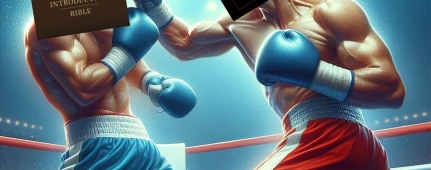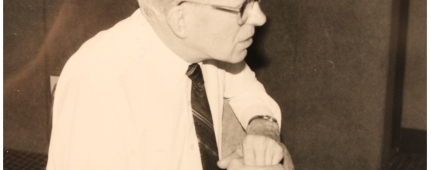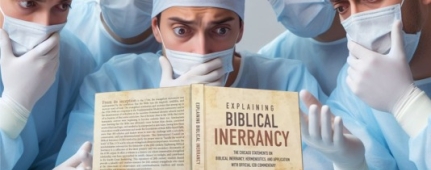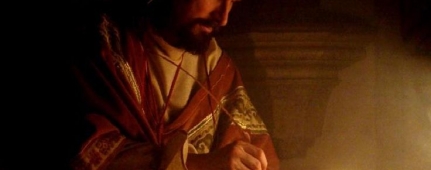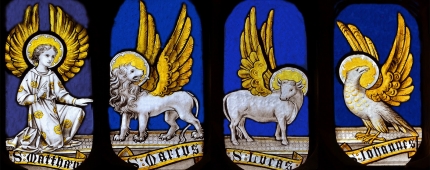Luke 22:19—What did Jesus mean when He said “This is My body”? Should it be taken literally?
Problem: Orthodox Protestants believe in interpreting the Bible literally. But if Jesus’ statement here is taken literally, it seems to support the Roman Catholic view of transubstantiation, namely, that, when consecrated, the communion bread becomes the actual body of Christ.
Solution: Jesus no more meant that the statement “This is My body” should be taken literally than the statement “I am the true vine” (John 15:1). The Roman Catholic doctrine of transubstantiation (that the bread becomes the actual body of Christ) is without biblical or rational support for many reasons.
First, the context is opposed to taking this literally. All agree that when Jesus made this statement, He was referring to the bread. Luke says “He took the bread, gave thanks, and broke it ... saying, `This is My body’ ” (Luke 22:19). But it was obvious to all that Jesus’ actual body was holding the bread in His hands. So none of His disciples present could possibly have understood Him to mean the bread was His actual body.
Second, common sense is opposed to taking this literally. God created the senses, and all of life depends on our trusting the information they give us about our world. But those who believe in transubstantiation admit that the consecrated bread (host) looks, smells, and tastes like real bread. Why then would God call on us to distrust the very senses that He created and asks us to trust continually for our very life.
Third, parallel statements by Jesus are opposed to taking this literally. Jesus often spoke in figurative language. He said, “I am the Door” (John 10:9) and we should “eat the flesh of the Son of Man.” But neither Catholics nor Protestants take these literally (see comments on John 6:53–54). Why then should we take His statement (“This is My body”) about the communion bread literally?
See All Problems
This excerpt is from When Critics Ask: A Popular Handbook on Bible Difficulties (Wheaton, Ill.: Victor Books, 1992). © 2014 Norman Geisler and Thomas Howe. All rights reserved. Used by permission. Click here to purchase this book.

